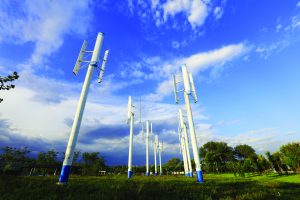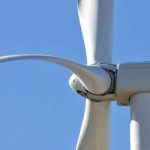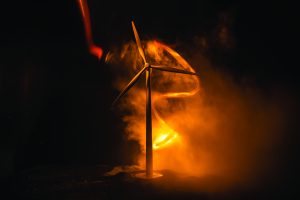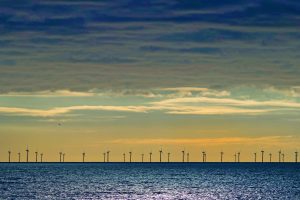With a global pandemic wreaking havoc and uncertainty on so many industries over the last 18 months, anyone watching the news would expect it to also have a negative impact on the renewables sector. But, surprisingly, that has not been the case — at least, not in Canada.
Robert Hornung, president of the Canadian Renewable Energy Association, said that, even though renewable growth was low in 2020, it was not a product of pandemic-related issues.
“It really was a product of: That’s not when we were expecting those projects to be built,” he said. “We knew going into 2020, it would be a lower year. And we knew that in 2021, we would start to see it pick up, and that’s what’s happened.”
Projects deployed in 2020 included about 170 MW of wind installed and a little more than 60 MW of solar installed; however, that below-normal growth was due more to the timing of contracts in Canada at the time, according to Hornung.
“That build-out is generally occurring as a result of contracts that have been awarded through RFPs,” he said. “And it just turned out that a lot of these COD dates were not in 2020.”
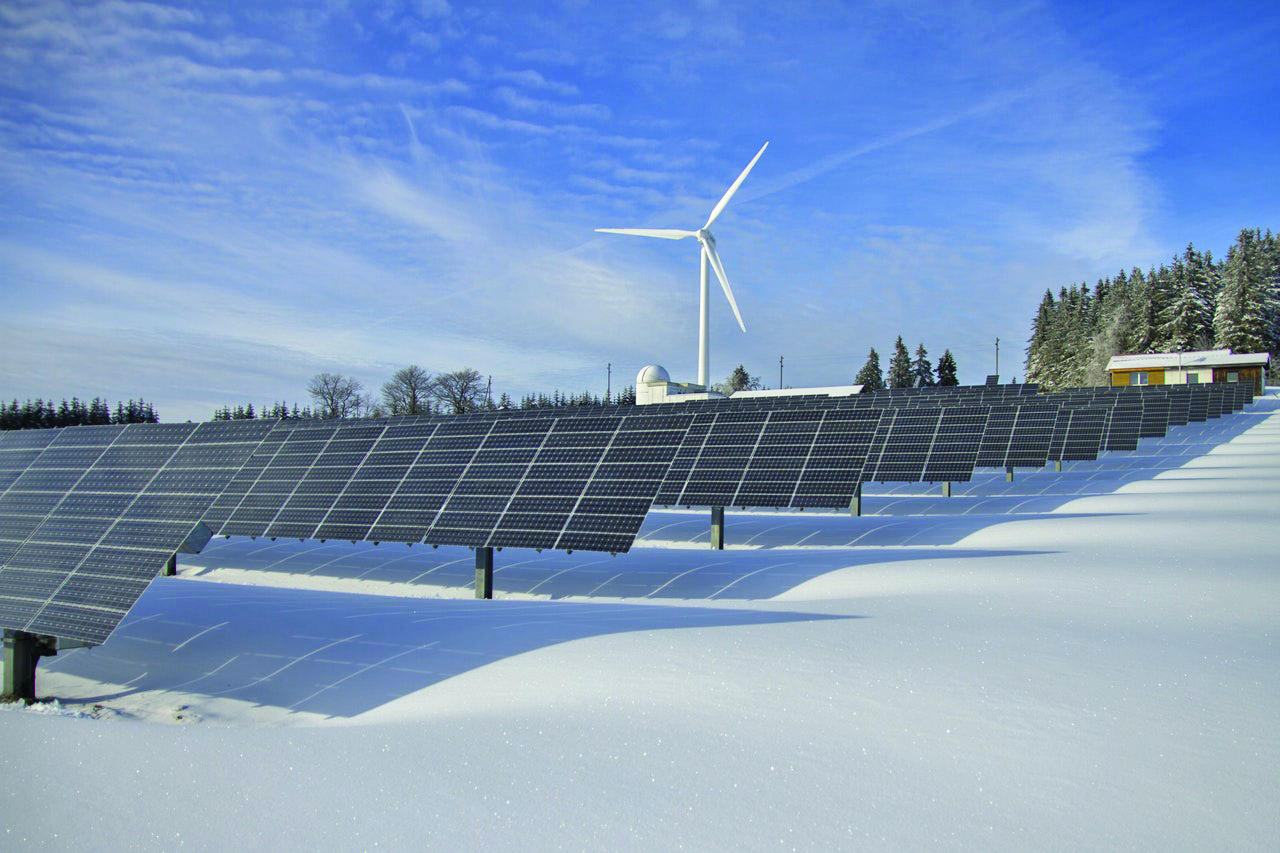
13,500 MW of wind in 2020
Those small numbers still pushed Canada to end 2020 with more than 13,500 MW of installed wind capacity, which left Canada in the top 10 worldwide, according to Hornung. And the country’s solar capacity ended 2020 with more than 3,000 MW, pushing Canada into the top 20.
But six months into 2021, Canada is getting back to a more normal renewable growth schedule.
“We’ve already had more than 500 MW of wind and solar installed in the first half of 2021, and we expect to be close to a gigawatt by the end of the year,” Hornung said. “We expect similar things in 2022. And frankly, I only expect to see that accelerate going forward as Canada has now legislated a net-zero by 2050 climate-change commitment. There are discussions about establishing a target date for decarbonizing the grid in Canada. And, with the cost competitiveness of these technologies as new demand appears, we’re quite confident that there are a lot more opportunities emerging.”
So, although COVID did have an impact on the industry in terms of supply chain issues, Hornung stressed the pandemic did little to slow industry growth or make people think twice about renewables in general.
“We saw the industry respond very well, I think, in terms of taking action to protect the health and safety of their own employees going forward through COVID,” he said. “I think we have a lot of examples of wind and solar projects working within the communities that they’re based in to provide COVID-related financial assistance and support, as well as our companies being good citizens in these communities as we worked through this.”
Growing renewables in Alberta
A large part of why renewables continue to have a strong presence in Canada is the development of corporate PPAs in Alberta, and how they are driving the market.
In order to see exactly what that means to the Canadian market, Hornung said it’s necessary to review what drivers stimulate the development of renewable energy.
The first driver is the increased demand for electricity, which was hit by COVID. In many parts of Canada, the need for growth was hindered by an electricity surplus, particularly in provinces with large hydroelectric resources.
The second driver is a need to decarbonize the grid, but with Canada’s grid already 80 percent decarbonized, the pressure to develop renewable energy sources isn’t as strong as it is in the U.S., where there’s still a drive to move coal out of the energy equation.
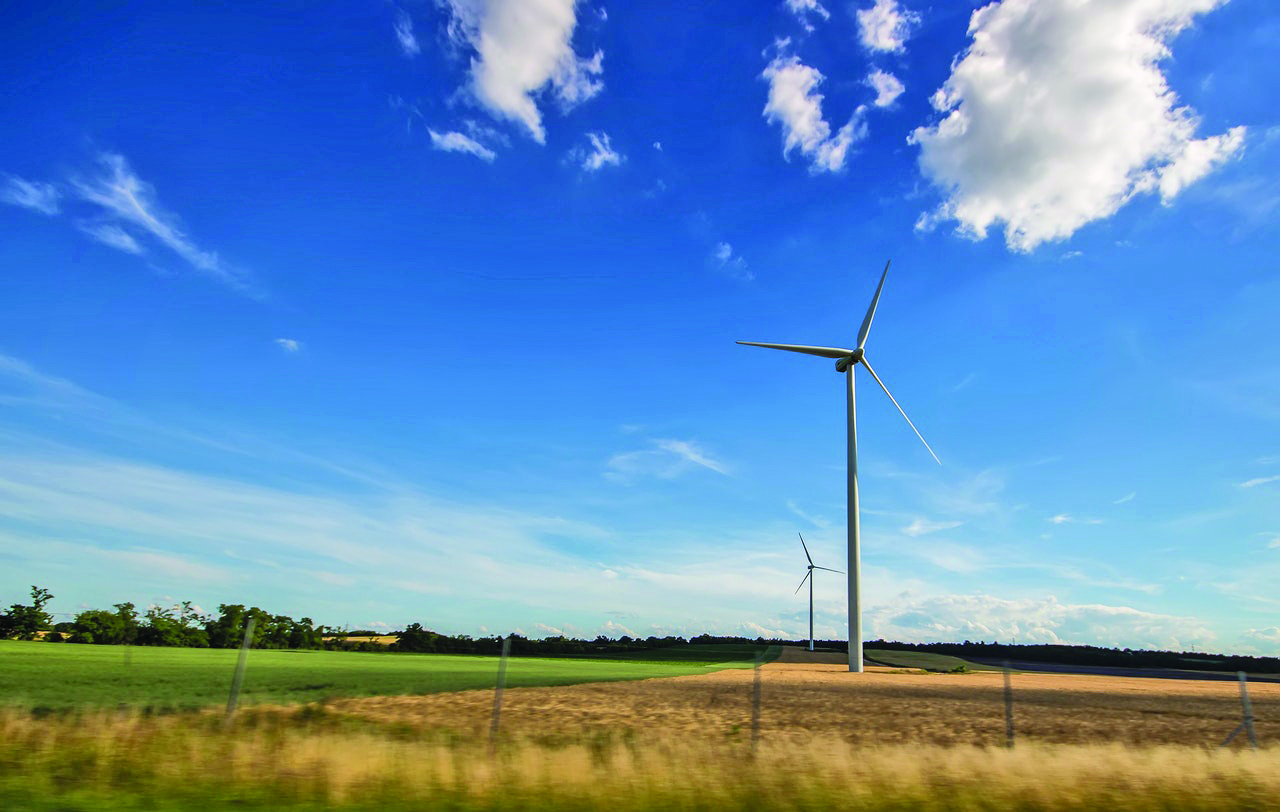
The third driver is corporate.
“In Canada, the only jurisdiction where we have a deregulated market that enables, in an easy way, these bilateral power purchase agreements to be signed between customers and renewable energy providers is in Alberta,” Hornung said. “And so, in Alberta, we have seen commitments made this year for over 800 MW of new wind and solar through corporate PPAs. When you think about that, in 2021 overall, we’re going to install close to a gigawatt, this is a pretty significant number. And it’s growing steadily, and is a reflection of Alberta having really good quality wind and solar resources and a unique market structure in the Canadian context, which enables these bilateral agreements. We’ve had some big names coming in to do this, including Amazon and Budweiser.”
Vertically integrated utilities
Although there is a growing corporate demand for renewables in other parts of Canada, it is more of a challenge due to vertically integrated utilities, according to Hornung.
“In most other parts of the country, we have vertically integrated monopoly utilities, and so there’s only one potential customer to buy renewable power,” he said. “But we’re starting to see some innovation there as well. Nova Scotia, one of our smaller provinces, has started a green choice program where they have canvassed the corporate community in Nova Scotia, identified the demand for wind and solar and have, as a result, said, ‘We’re going to move forward with a procurement in our system to bring those resources online so that those customers can actually secure that power.’ It’s a green tariff kind of scenario. And we expect to see more of that across the country going forward as corporate demand grows.”
Because of Canada’s market structure, corporate PPAs are not the same driver in Canada as they may be in the U.S. or even in Europe, but they have become a tremendous driver in Alberta and are encouraging other jurisdictions to think about what they can do to respond to that demand, according to Hornung.
Another reason that makes these procurement opportunities so lucrative for Alberta in particular is that the province has Canada’s most carbon-intensive electricity grid.
“That’s why you’re seeing a lot of activity there, but two other provinces where coal is still playing a significant role are Saskatchewan and Nova Scotia,” Hornung said.
“Saskatchewan just awarded a 200-MW contract for new wind this year and has said that they will be looking for more wind in the future. And Nova Scotia just announced an RFP for 350 MW of renewables going forward as they’re working to phase out coal-fired generation by 2030.”
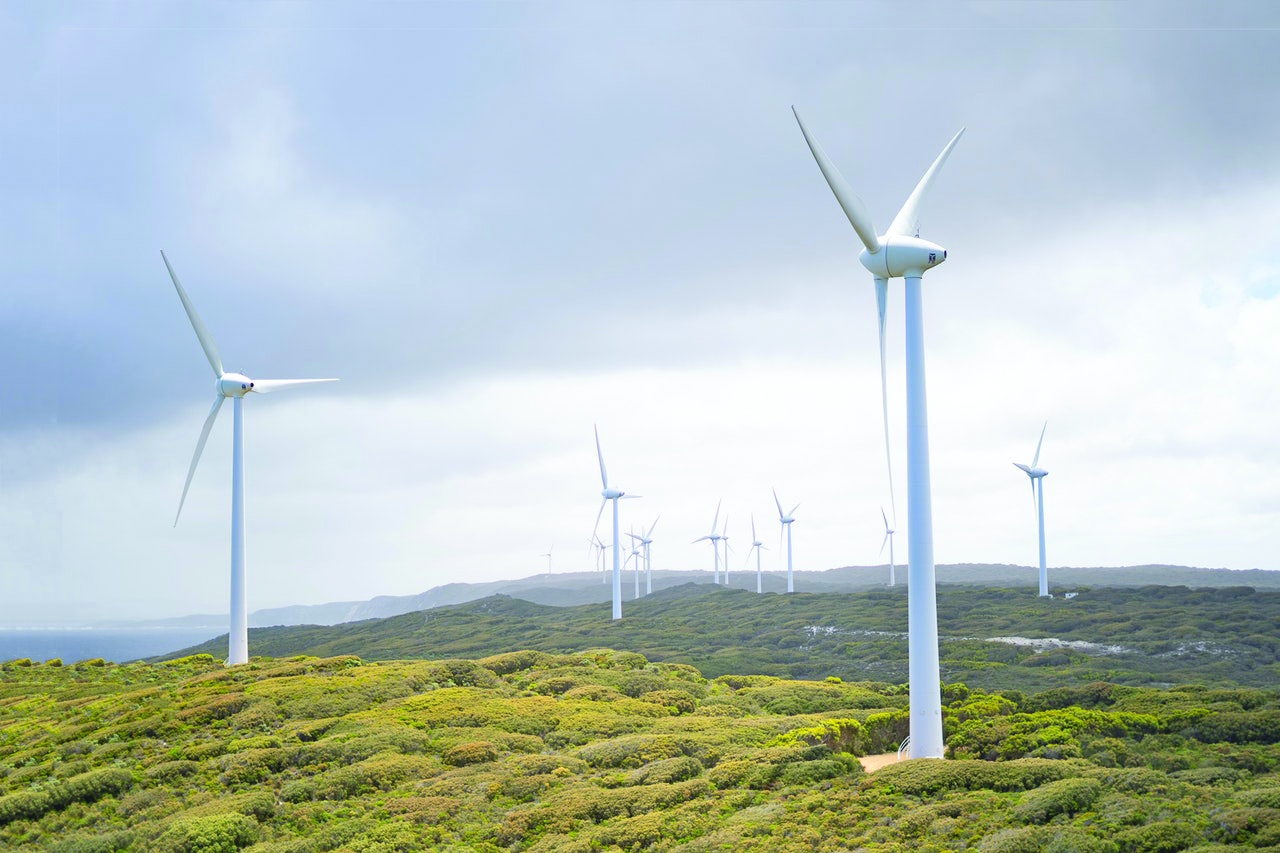
Enter Quebec
And although Canada has a legislative requirement to phase out coal by 2030, a new driver involving electrification is coming into focus, and Hornung said Quebec is working to turn that driver into a reality.
“Quebec is a province that has the most aggressive electrification strategy in the country in terms of promoting electric vehicles, promoting increased use of electricity in buildings, and promoting increased electricity use in heavy industry, for example, in aluminum smelters,” he said. “And because of that electrification strategy, they have now determined they’re going to see electricity demand grow after many years of having surpluses, and, therefore, they need to procure more electricity. Quebec has come forward, and they have announced that they will be releasing a 300-MW RFP for wind this fall, and they’ve already signaled that they’ll need another 1,400 MW going forward.”
That means, with all the surplus energy in Canada, the real growth opportunity for decarbonization will come with increased demand arising from electrification and green hydrogen as the country continues to get more serious with its climate commitments, according to Hornung.
“We’re starting now to see some of those initiatives bear fruit in terms of raising expectations for increased demand for electricity going forward,” he said. “And we’re confident, because of the cost competitiveness of wind and solar, that no matter where you are in Canada, because of these well-distributed resources, when demand goes up and you’re going to need to build new generation, there’s a pretty solid chance that you’re going to be looking at wind and solar just on cost alone.”
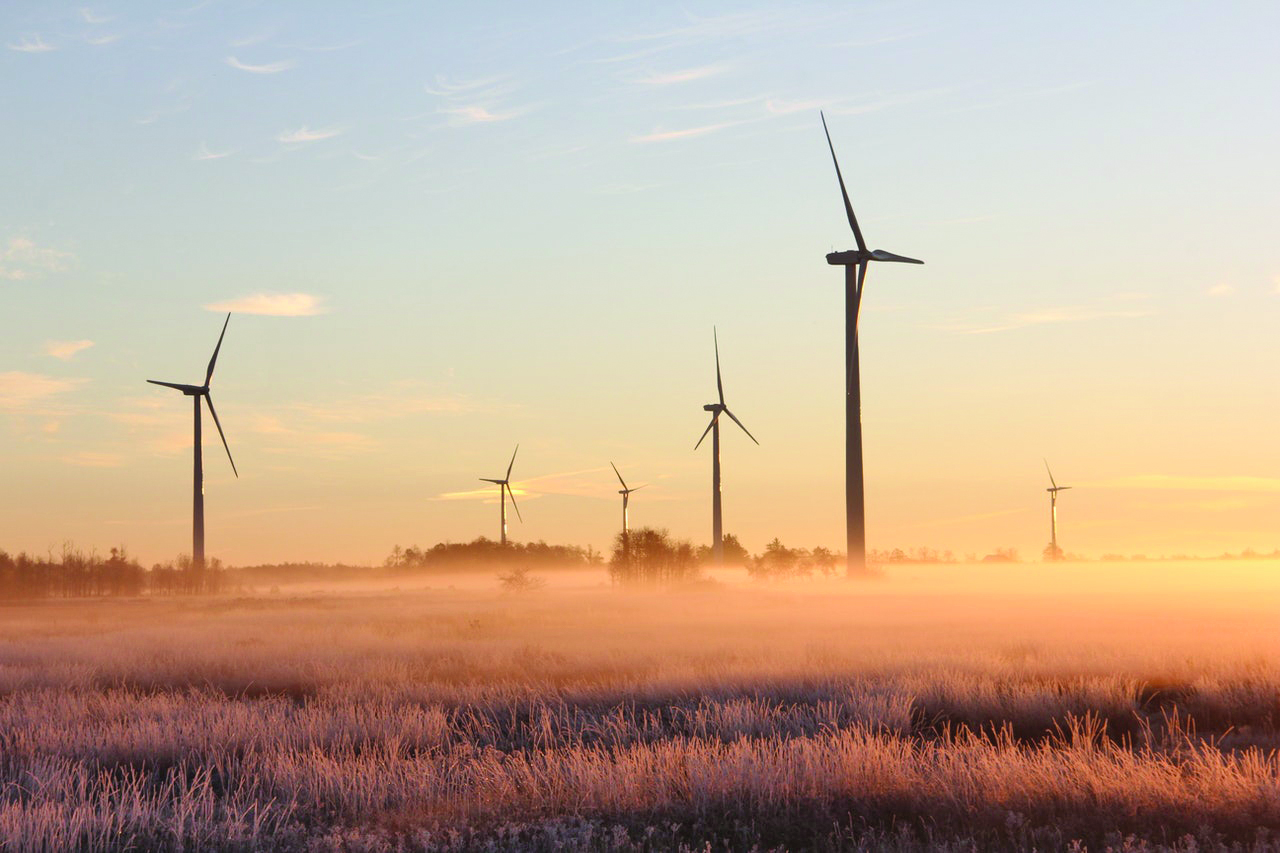
Addressing the grid
This will also mean expanding the grid, according to Hornung.
“When we look at dealing with climate going forward, it means we’re going to have to decarbonize the grid, and in all likelihood, we’re going to have to double the size of the grid in order to meet those needs,” he said. “And you’ve got an increasing amount of evidence coming forward that people expect that the new electricity need is going to be dominated by wind and solar because of their cost-competitiveness.”
To help make his case, Hornung pointed to the International Energy Agency’s net-zero report released this year. In the report, the IEA said that between now and 2050, it expected wind and solar to move from 9 percent of global electricity to 68 percent.
“That means that a lot of the new build is wind and solar,” he said.
Earlier this year, a joint study of the U.S., Canadian, and Mexican governments looked at how to get aggressive greenhouse gas emission reductions within the grid, according to Hornung. The study looked at scenarios where Canada largely decarbonizes its grid by 2050, and it concluded that 90 percent to 95 percent of new electricity builds in Canada would be wind and solar.But a tremendous amount of investment will be required to fundamentally transform and expand the grid, according to Hornung.
“The pressures to do that in the most cost-effective way are going to be enormous,” he said. “And that is really going to strengthen the hand of wind and solar. I mean, the IEA report this year called solar the new king of electricity, the lowest cost source of electricity ever.”
But with that “call to arms,” so to speak, a tremendous amount of optimism is growing within the sector, according to Hornung.
“There are significant opportunities coming,” he said. “The barriers, I think, to capitalizing on those opportunities, won’t be technology barriers, they’re barriers related to regulatory systems and market rules. Can we have our markets and regulatory frameworks catch up to the innovation that has enabled disruptive technologies like wind and solar to allow them to be deployed at the size and the scale that’s going to be required if you’re serious about meeting targets like net-zero greenhouse gas emissions by 2050?”
In that vein, evolving technology is actually making great strides in keeping costs down, according to Hornung.
Lazard, a financial advisory and asset management firm, has said in the last decade, solar costs have declined 90 percent; wind costs have dropped 70 percent, and battery storage costs have been reduced by 90 percent.
“Everyone expects those costs to continue to go down — not at that rate, but they will continue to go down going forward, and that will be a product of ongoing technological evolution,” Hornung said.
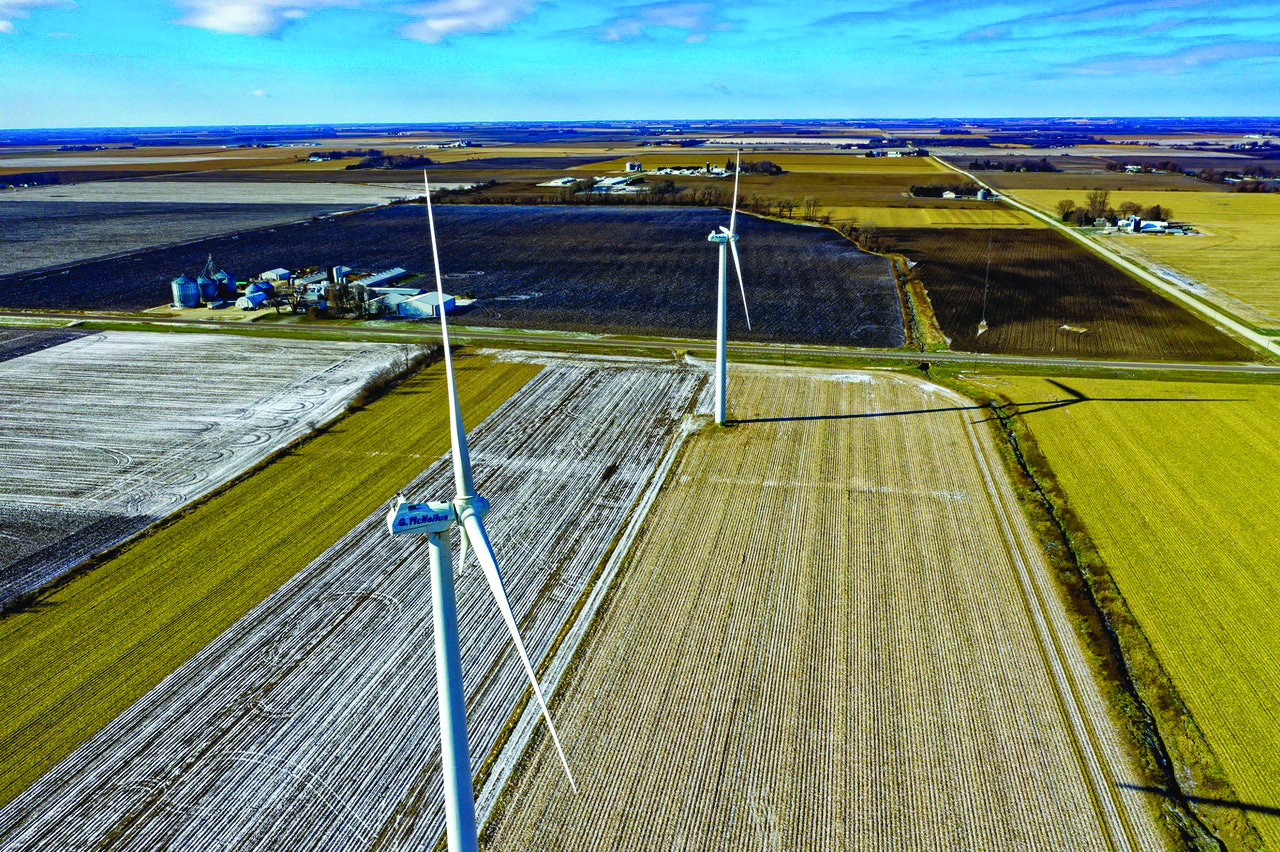
Investing in the electricity systems
Beyond the technology advancements being developed, costs will also need to be looked at from a system perspective as well, according to Hornung.
“When we bring all of this wind and solar onto the grid, that’s going to require significant investment within the electricity system to ensure reliability and manage variability,” he said. “This is where we’re going to see a lot of disruptive technologies that will really open up new opportunities to find ways to keep costs down. So, when we talk, for example, about integrating wind and solar going forward, well, one thing you want to do is build transmission. There’s obviously a lot of discussion in the U.S. about transmission. But it’s also important to think about how to make our existing transmission more efficient. That’s where technology like energy storage can play a tremendous role. If your transmission line is only at full capacity less than 10 percent of the time, can storage actually allow you to work through that so you don’t have to build new transmission?”
New disruptive technologies include distributed energy resources such as solar on the rooftops of homes and businesses, the introduction of electric vehicles to people’s driveways, and a wide range of demand response technologies, according to Hornung.
“All of these things are going to offer system operators more choices, more options for managing the grid,” he said. “It’s our view that when you have more options and more choices and if you allow competition between them, you’re going to get lower costs as a result. If we modify and evolve our regulatory frameworks and market frameworks to ensure that those technologies are considered and have an opportunity to provide services to the grid, I’m quite sure the net benefit is going to help to keep costs down as we go through this energy transition.”
Making opportunities
And as Canada moves into 2022 and beyond, it will become even more necessary to ensure there are comprehensive strategies in place that encourage electrification and facilitate the use of green hydrogen, according to Hornung.
“Because, if the demand is there, there will be opportunities that the industry can respond to,” he said. “If the demand is not there, then it doesn’t matter if you’re cost competitive or anything else, nobody’s going to want to buy the power. But I think the industry is extremely well positioned to respond to that demand as it emerges. Are we going to implement the actions required to create this new demand for our technologies? Are we going to say in Canada, like the Biden administration has said, we’re going to work to decarbonize the grid by 2035? Are we going to ensure in Canada that our carbon pricing systems send a really clear market signal that says, ‘You should be favoring less emission-intensive technologies’?”
‘Implementation time’
The good news is Canada has strong milestones in place in terms of what the country needs to achieve and when, according to Hornung.
“We know, from a tremendous amount of research and analysis, what we need to do to get there — and now, it’s implementation time,” he said. “Are we going to move as a country from just talking about taking action on climate change and setting targets without following through on implementing them to actually taking action? If we are serious about taking action, I have absolutely no doubt that wind and solar will be front and center in that effort.”
And the arrival of the Biden administration only serves to open up more opportunities for collaboration between the U.S. and Canada, according to Hornung.
“There’s a lot of evidence that this is already occurring,” he said. “We’re already seeing agreements to collaborate with respect to minerals required for renewables and electric vehicles. The recent North American Renewable Integration Study very clearly demonstrates that, with both Canada and the U.S. trying to reach aggressive greenhouse gas emission reduction targets and decarbonize their electricity grids, increased electricity trade between the two countries is critical to help reduce costs. And both countries have clearly expressed an interest in exploring that and taking advantage of those opportunities.”
Editor’s note
Electricity Transformation Canada is CanREA’s annual conference and is expected to attract key stakeholders looking to advance the global electricity transformation to Toronto from November 17-19, 2021. Participants will include utilities, system operators, governments, end-use sectors undergoing electrification, and a variety of energy professionals. For more information, go to electricitytransformation.ca.


















